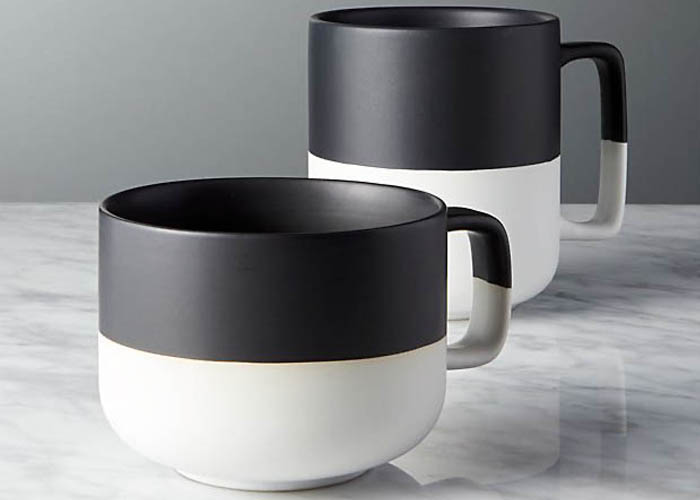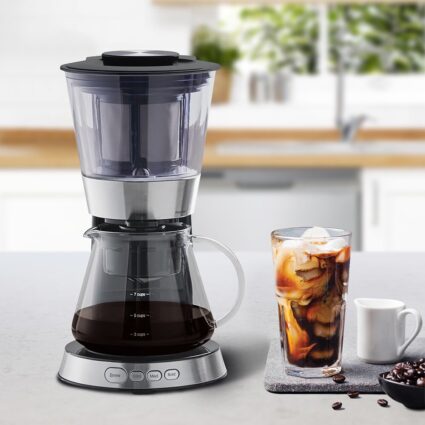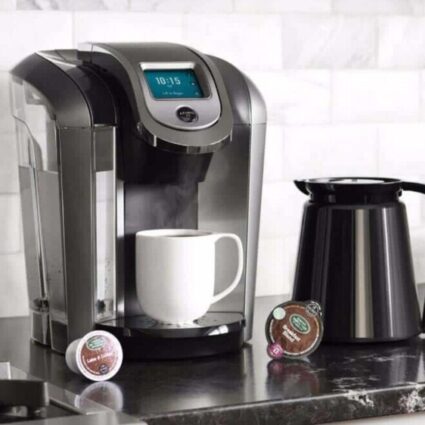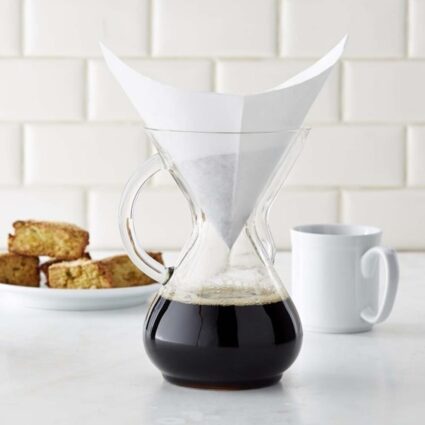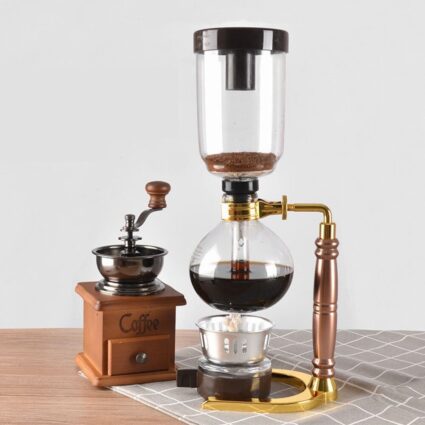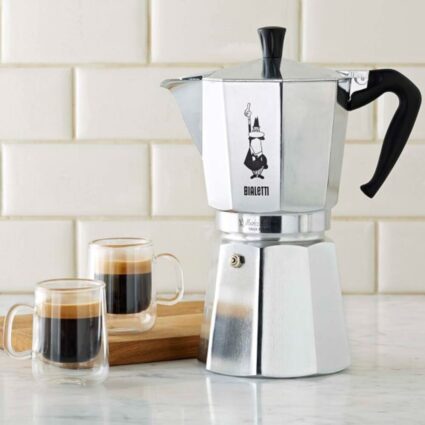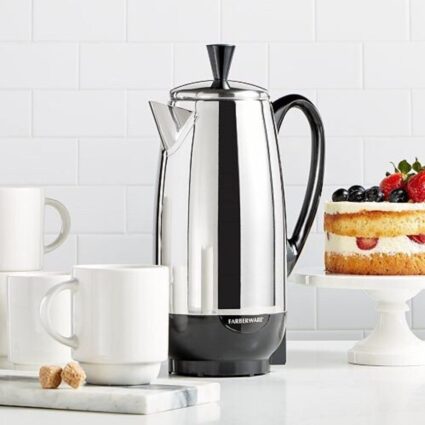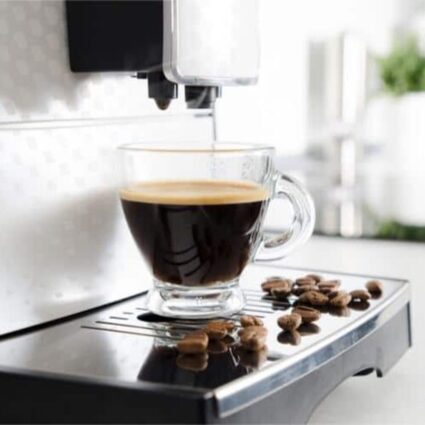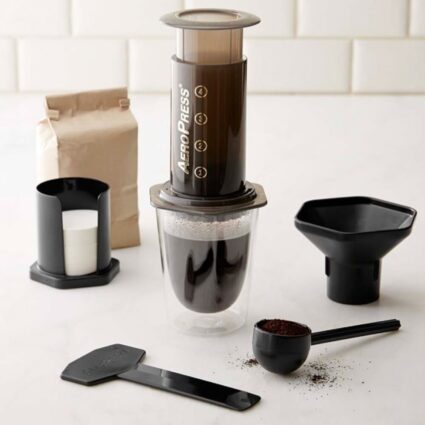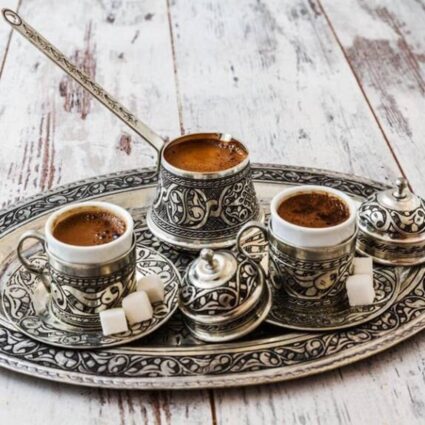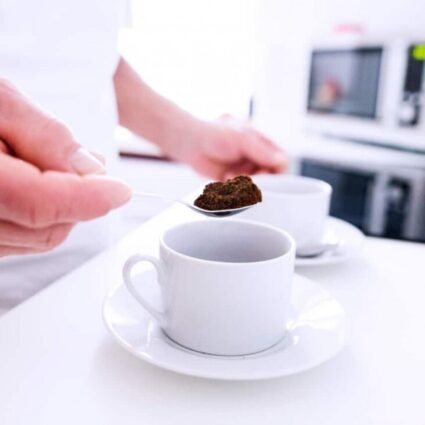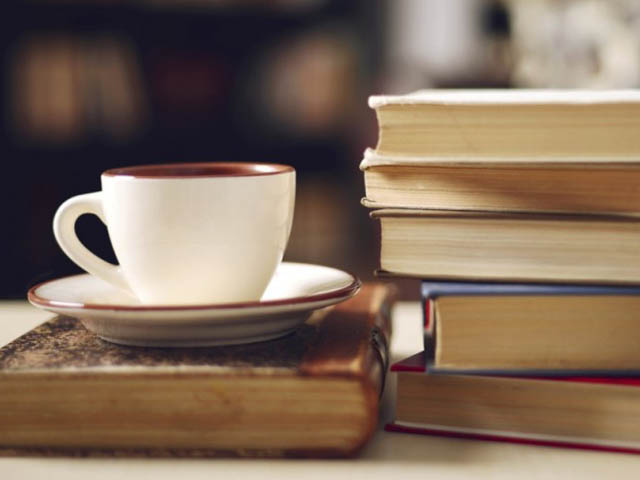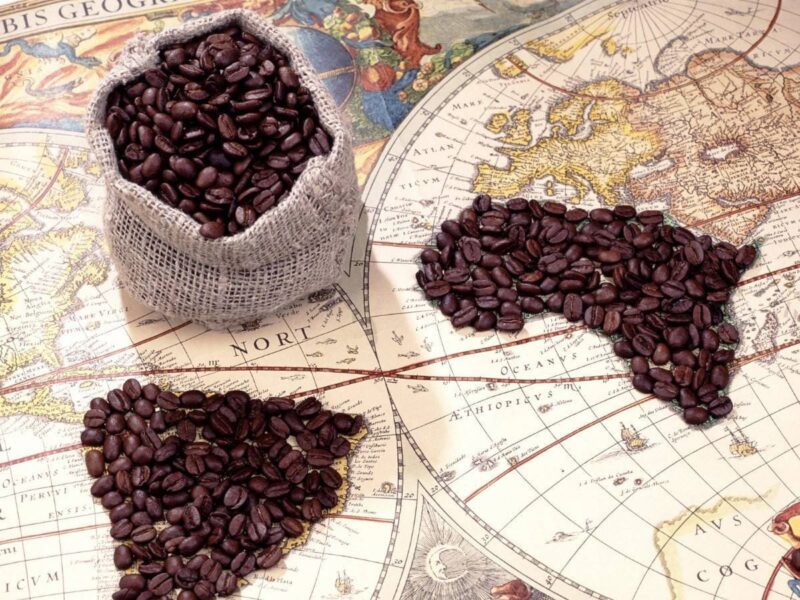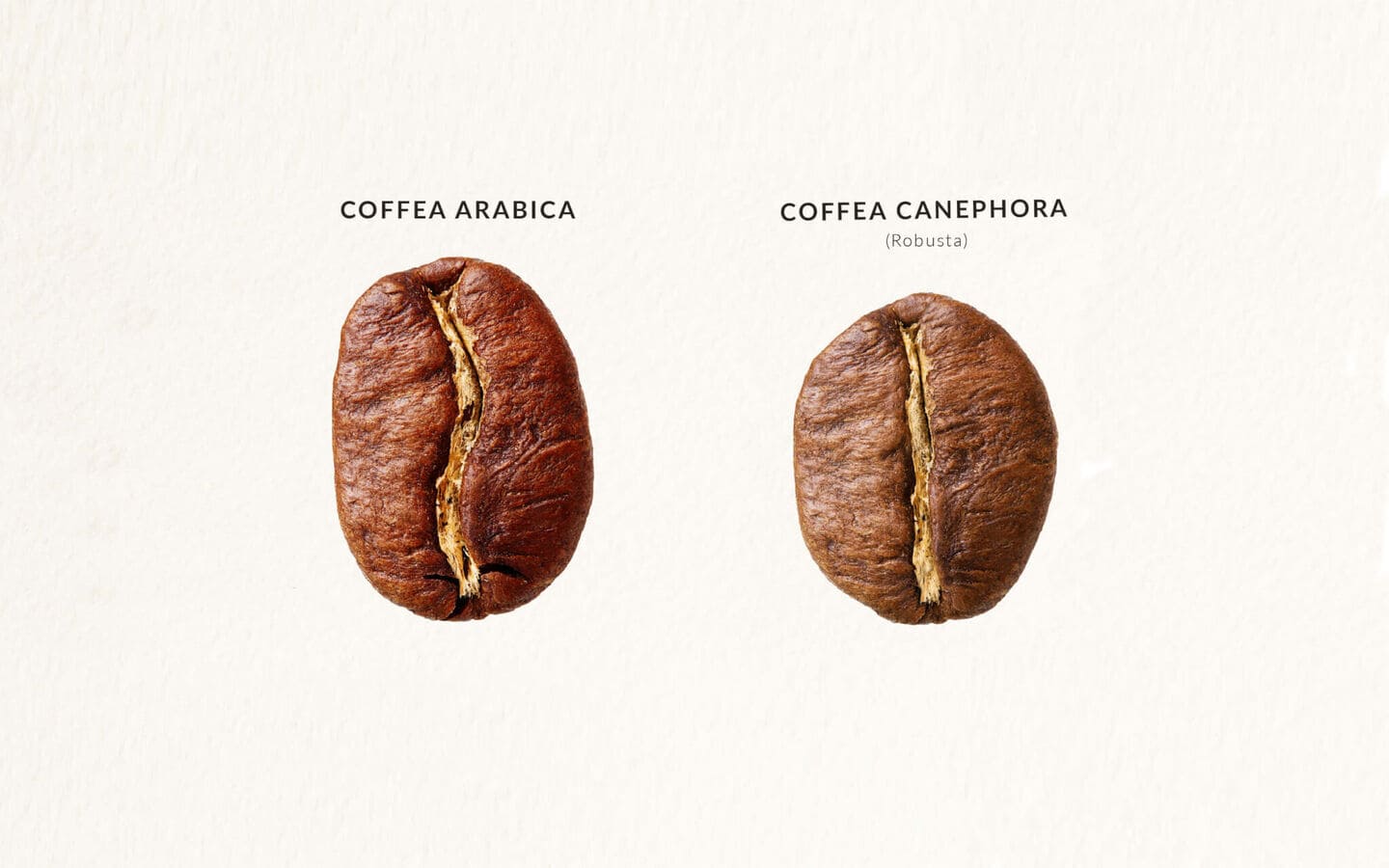Out of more than 100 existing types of coffee, only two are grown on an industrial scale in the world: Arabica (Coffea Arabica) and Robusta (Coffea Canephora). The reason is that these types of coffee are relatively easier to adapt to climatic conditions and have a high yield, which makes the cultivation of these types of coffee more economically feasible.
Historical Overview
Arabica got its name in the 7th century, when coffee, crossing the Red Sea, entered present-day Yemen from Ethiopia, spreading throughout the Arab world. Later, thanks to the Arabs, the coffee got the name “Arabica” as “Arabian Coffee”.
Robusta was discovered in the Congo in the 1800s, when it was still a Belgian colony, and since the 1900s, it has also spread to several Asian countries. This coffee got the name “Robusta” for two reasons: firstly, this type of coffee tree is more resistant to climatic conditions and pests than Arabica, and secondly, this type of coffee contains twice as much caffeine as Arabica. “Robusta” is based on the English word “Boost”, which in this case means “Strong”.
Economic picture
Arabica grows best in the Western Hemisphere, especially in the highlands, while Robusta grows mainly in the Eastern Hemisphere. Arabica makes up about 70 percent of the world coffee market, and Robusta about 30 percent. Although Arabica contains almost half as much caffeine as Robusta, it is almost twice as expensive as Robusta. Arabica is highly valued for its flavor characteristics, and Robusta for its high caffeine content. Brazil is the country that grows the most Arabica in the world, and the most Robusta is grown in Vietnam.
Comparative description
Arabica beans are narrower and longer (they are oval) and the crack on the bean resembles the Latin letter “S”. Robusta beans are short and wide (they are circular), and the crack on the bean resembles the Latin letter “I”.
Arabica has a sweeter and fruity taste, while Robusta is bitter with no flavor spectrum. In addition, Arabica has higher acidity than Robusta.
The caffeine content in Arabica is on average 1-1.5 percent, and in Robusta it is 2-2.5 percent.
Application:
Arabica is considered to be a higher quality coffee and is mainly used in the production of special coffees (Specialty Coffee, Craft Coffee). Robusta gives the coffee the necessary strength, the necessary level of caffeine and most importantly, the much-loved golden foam on the coffee. For example, an ideal Espresso should consist of 70-80 percent Arabica, so that it is very tasty, and 20-30 percent Robusta, so that it is very beautiful and strong at the same time.
True coffee connoisseurs of coffee get unique coffee blends by combining Arabica and Robusta beens.








